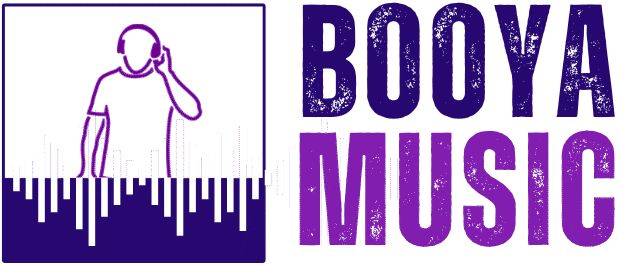Are you a music enthusiast searching for new and exciting ways to expand your knowledge of the world’s musical repertoire? Look no further! In this blog post, we’ll dive into the fascinating realm of written music – from sheet notation to tablature, we’ve got it all covered.
Whether you’re a seasoned musician or just starting, understanding the different types of written music can unlock a whole new world of possibilities in your musical journey. So sit back, relax, and let’s explore the various forms that written music can take!
Types of Written Music
There are many different types of written music, from classical to pop. Here are some of the most popular:
- Classical type of music is usually written for orchestras and other large ensembles. It is often complex and has a lot of rules.
- Pop music is usually shorter and simpler than classical music. It is often more catchy and upbeat.
- Jazz music is usually improvised and has a lot of souls. It can be very complex or very simple.
- Rock music is usually loud and has a strong beat. It can be very complex or very simple.
- Blues music is often slow and soulful. It can be very complex or very simple.
- Folk music is usually very traditional and has its roots in a certain culture or period. It is often passed down through generations.
- Country music typically has a twangy sound and focuses on storytelling.
- Electronic music is created with computers, synthesizers, and other electronic instruments. It can range from ambient to heavy dance beats.
Finally, Tablature is written for stringed instruments such as guitars and ukuleles. It is written in numbers on staff and uses symbols to show which strings are to be played and how they are to be fretted.
How to Read Written Music
To read written music, one must first understand the basic symbols and terminology used. The following is a list of common symbols and their meanings:
- A clef is a symbol used at the beginning of a musical staff to indicate the pitch of the notes that follow. The most common clefs are the treble clef and bass clef.
- A key signature is a symbol placed at the beginning of a musical staff that indicates which notes will be sharp or flat for the rest of the piece.
- A time signature is a symbol placed at the beginning of a musical staff that indicates the meter of the piece. The most common time signatures are 4/4, 3/4, and 2/4.
- A bar line is a vertical line drawn through a musical staff to divide it into measures.
- A double bar line is two vertical lines drawn through a musical staff to indicate the end of a section or piece.
- A repeat sign is two vertical lines with two dots in between them, placed at the end of a measure or section to indicate that it should be repeated.
Alternatives to Written Music
There are many ways to create and notate music without using traditional written music. Here are a few popular alternatives:
- Improvising is when a musician creates music spontaneously, without any prior planning or notation. This can be done solo or with other musicians. It is a popular way of making music in jazz and some rock genres.
- Jamming is similar to improvising, but it usually involves multiple musicians playing together. It can be used as a way to develop new ideas for songs or arrangements.
- Lead sheets are simplified versions of written music that just provide the melody line and chord changes. They can help learn new songs quickly, or for improvisation purposes.
- Fake books are collections of lead sheets for popular songs. They can be useful for gigging musicians who need to know a lot of material quickly.
- Transcribing is the process of listening to recorded music and writing out the notation for it by hand. It can be a good way to learn how to read and write music, or to get ideas for new compositions.
So, there are a variety of different types of written music available to composers and musicians. Depending on the type of music being composed, one or multiple types might be used in combination to create unique works tailored to the performer’s preference.
Whether you are an experienced musician or just starting, understanding the different methods for writing music is essential for creating beautiful compositions that will captivate your audience.
